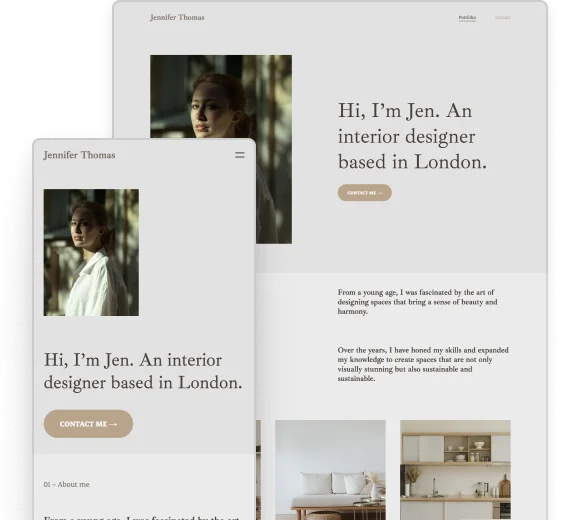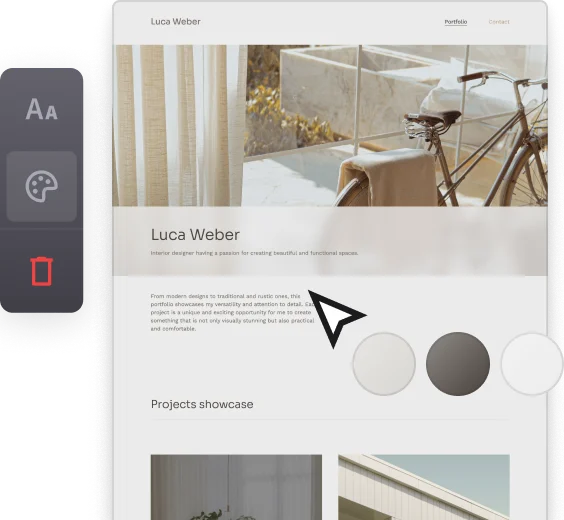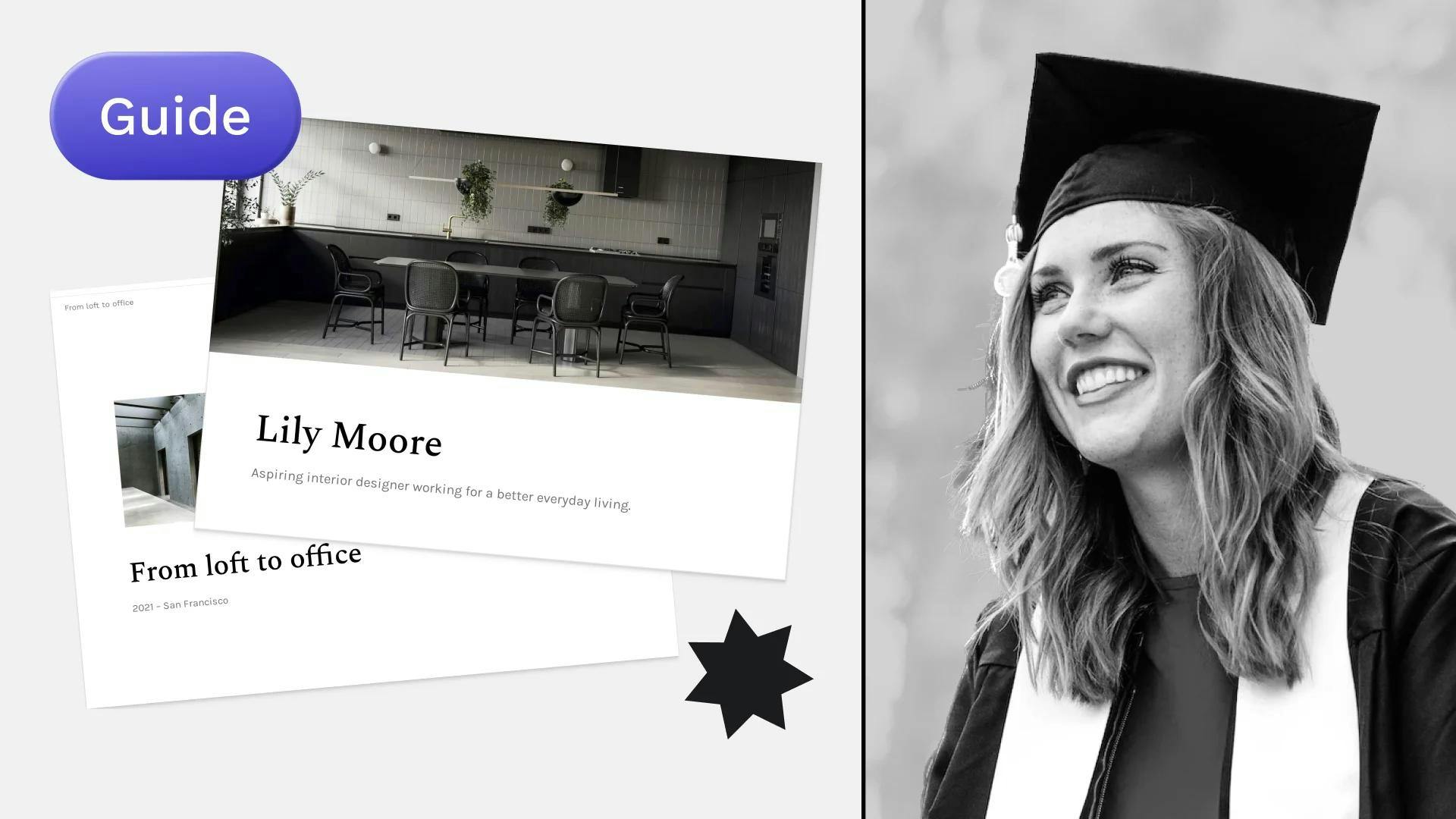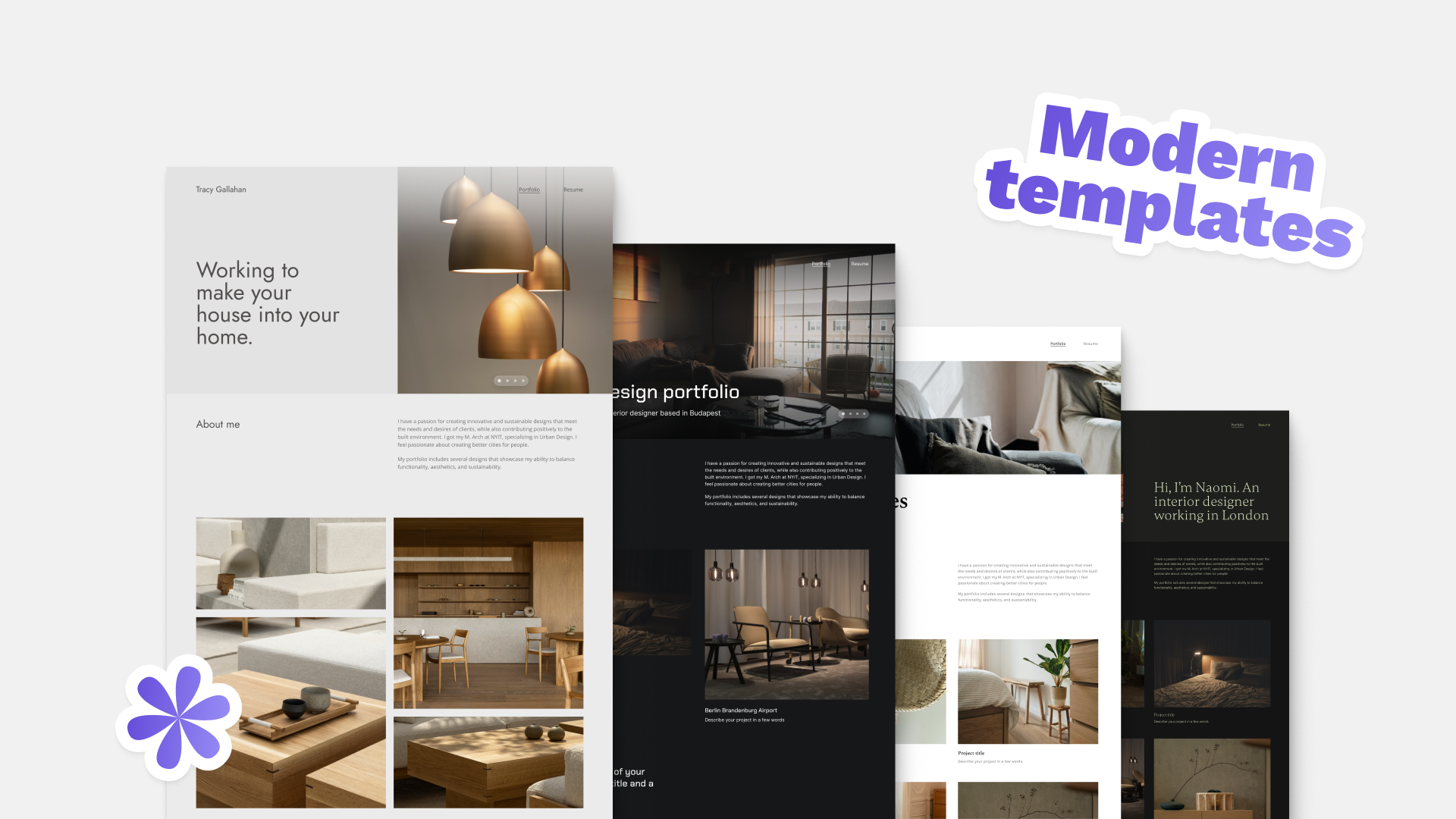
TL;DR:
- There are many areas within the scope of interior design you can get into without a degree.
- Whether you can become a certified interior designer without formal education depends on where you live.
- You’ll need experience, a top-notch portfolio, and a strong skill set.
Are you passionate about working in interior design, but you don’t have formal education? Don't let that discourage you! While a degree certainly paves the way, it’s not the only way to get there.
We are here to help you with a collection of alternative careers, information about regulations, and actionable tips on how to become an interior designer without a degree.
Alternative careers in interior design
In most cases, becoming a licensed interior designer requires formal education. However, there are some other ways of breaking into the world of interior design without it. Read on to learn the following career paths:
- Interior decorator
- Color consultant
- Furniture sales representative
- Showroom assistant
- Home stager
A career in home furnishings is a viable career option that opens up a bunch of opportunities.
One of these may resonate with you from the get-go, but they can also be a great stepping stone if your long-term goal is to work as an interior designer.
Let’s see them in detail:
1. Interior Decorator
While many people use the terms interior designer and interior decorator interchangeably, they are not the same thing. Here are the differences between the two roles:
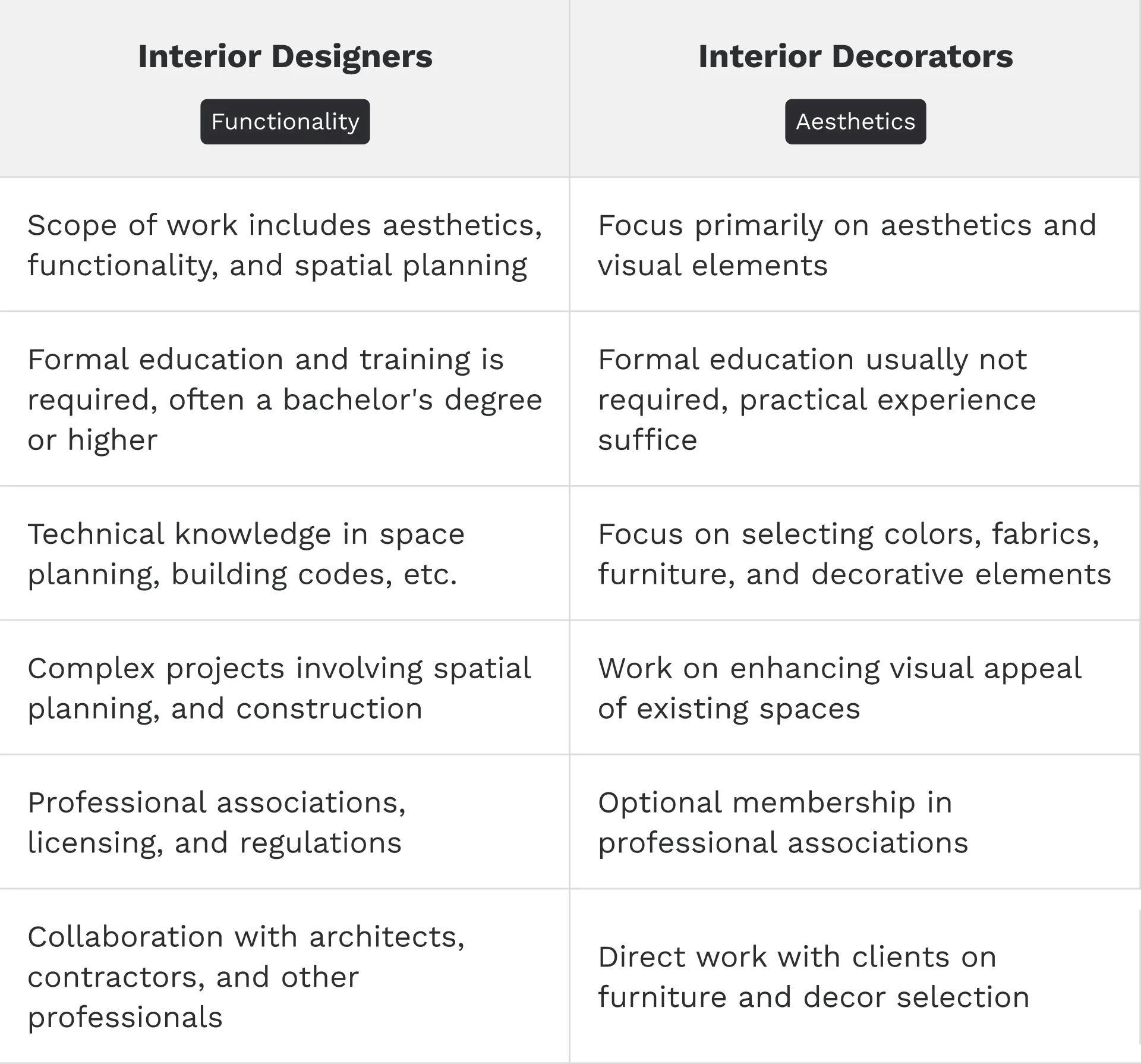
The gifference between interior designers and interior decorators
Interior Decorators make the most of an existing space by selecting furniture, accessories, colors, and materials to create visually appealing environments. While you don’t need formal education, a certification, such as the CID, may be beneficial. It helps you establish your credibility with your clients. Regardless, a solid interior decorator portfolio will be essential.
2. Color consultant
Color consultants help guide clients in making informed decisions regarding color choices. They support them with recommendations that align with their preferences and desired visual impact. It isn’t necessarily restricted to the field of interior design; it expands into the world of branding and marketing as well.
To become one, you’ll need expertise in color psychology and theory, knowledge of light and materials, and the most important design principles.
3. Sales representatives for interior design-related companies
Companies that sell furniture, fixtures, textiles, or other interior design-related products need exceptional personnel that helps clients find the most suitable solution from seemingly endless possibilities.
A sales representative has a good grip on the product information (materials, installation, durability), and is often asked to use their design eye for recommending specific products to interiors. They either work in a specific showroom or travel to interior design studios and show product samples in person.
Many interior designers turn to sales representatives for specific projects, which means you could collaborate on real-life projects that could be added to your portfolio (with crediting the designer of course).
Good communication skills and sales knowledge are crucial in this role.
4. Showroom assistant
In many ways, the showroom assistant’s work is similar to the sales representative’s. However, a showroom assistant’s focus is on the representation of the brand and the products.
They are skilled in customer service, and administrative tasks. They may even be in charge of ordering the selected materials, decorations, or furniture pieces and optimizing the layout of the showroom. In other words, showroom assistants ensure that customers have a pleasant experience in the store.
5. Home staging
Home stagers create value by enhancing a real estate’s appearance with smart design solutions. They are hired either by real estate agents or owners, who want their property to perform well on the housing market.
Their job is similar to an interior decorator, however, restrictions in terms of time and budget are more common. Home stagers need to maximize the value of the given property by thinking outside the box, and implementing effective design improvements.
+1 - Interior Design Assistant
You may also find work as an Interior Design Assistant. This role entails supporting interior designers in various tasks, such as
- drafting,
- material sourcing,
- creating 3D renders,
- keeping in touch with vendors,
- budgeting, and
- other project management-related tasks.
But keep in mind that for these roles (especially for assisting well-known industry figures), a lot of interior designer students apply with strong portfolios. This may create fierce competition. However, your exceptional portfolio might do the trick.
Geographical differences
The interior design profession is regulated differently across the world. For example, becoming an interior designer without a degree in the UK is easier than in some states in the US or Canada. The jurisdiction is different, and therefore the opportunities are as well.
In the UK, Canada, Australia, and the USA, it is possible to become an interior designer without a degree, but a formal education is typically preferred. Let’s dig a bit deeper:
In countries, like the United Kingdom or Australia, interior design isn’t a regulated profession. The UK government proposes two paths for becoming an interior designer without a degree; apprenticeship and working towards the role.
This means that as long as you work on residential projects, it isn’t required to get a license to call yourself an interior designer. However, professional organizations (like the BIID) offer voluntary registration that opens doors for you with specialized trainings, and networking opportunities.
The US has very different regulations across the states. For someone to call themselves an interior designer, they need to take the National Council for Interior Design Qualification exam (for which, formal education is a prerequisite). On the other hand, California has its own certification program, which you can take after 8 years of work experience and passing the IDEX California Exam.
Therefore, make sure to do your research in the country or state you’re in, so you can see the possibilities you have.
What do you need to become an interior designer without a degree?
Now that we can see that it is possible, let’s look at how.
1. Get experience
As established, employers tend to prefer candidates who have some sort of formal education. However, you can make up for that with practical industry experience.
If you don’t yet have projects on your own, here are a couple of ideas:
- Search for real estate ads, download their floor plan, and create your mock project with them from start to finish.
- Redesign your own home. Document the whole process, and experiment with different styles as much as possible.
- Reach out to non-profit organizations in your area, and initiate a pro bono project with them in return for including the project in your portfolio.
- Offer your services to friends and family for free and take loads of pics during the redesign.
- Ask an established interior designer in your area, and shadow them or even help them out with documents, and renders that you can include in your portfolio.
2. Portfolio
Simply having experience won’t do much, unless you can showcase it in the form of an exceptional interior design portfolio.
Remember: you’ll be judged based on the worst project in your portfolio, so include only your best work that highlights the relevant skills.
If you’re not sure where to start, check out Archifolio. It’s a portfolio builder specifically designed for interior designers, with tons of examples, templates, and built-in guides to make portfolio creation ridiculously easy.
3. Gain the skills
When setting out on a new career path without formal education, you need to embrace self-learning. You will have to be proactive, and open to learning from your and other’s mistakes.
Becoming an interior designer requires more than just creativity. It won’t always be colors, sketching, and aesthetics. Sometimes it will require exceptional Math and Physics understanding and knowledge of local building codes and safety regulations.
You have a few ways to gain the necessary interior design skills:
- Seek mentorship - Reach out to interior designers in your area and offer your time and energy in exchange for mentoring sessions.
- Take online courses - Platforms like Udemy, Coursera, or Skillshare offer structured lessons on all the important skills you need to acquire.
- Attend workshops - Look for local workshops and seminars, where industry experts share their expertise.
- Practice, practice, practice - You won’t become a 3D visualization expert after creating 5 interiors in V-Ray. Set practice goals and be consistent.
- Document your process - It can be a tremendous learning opportunity to look back on your progress and see what areas you need to improve. Get in the habit of documenting your thought process, which will also be a valuable addition to your portfolio.
Key takeaways
While a degree is often preferred, not having one should not stop you from embarking on the wonderful journey of becoming an interior designer. Research the regulations in your area, and see how you can turn your passion into a fulfilling career.

